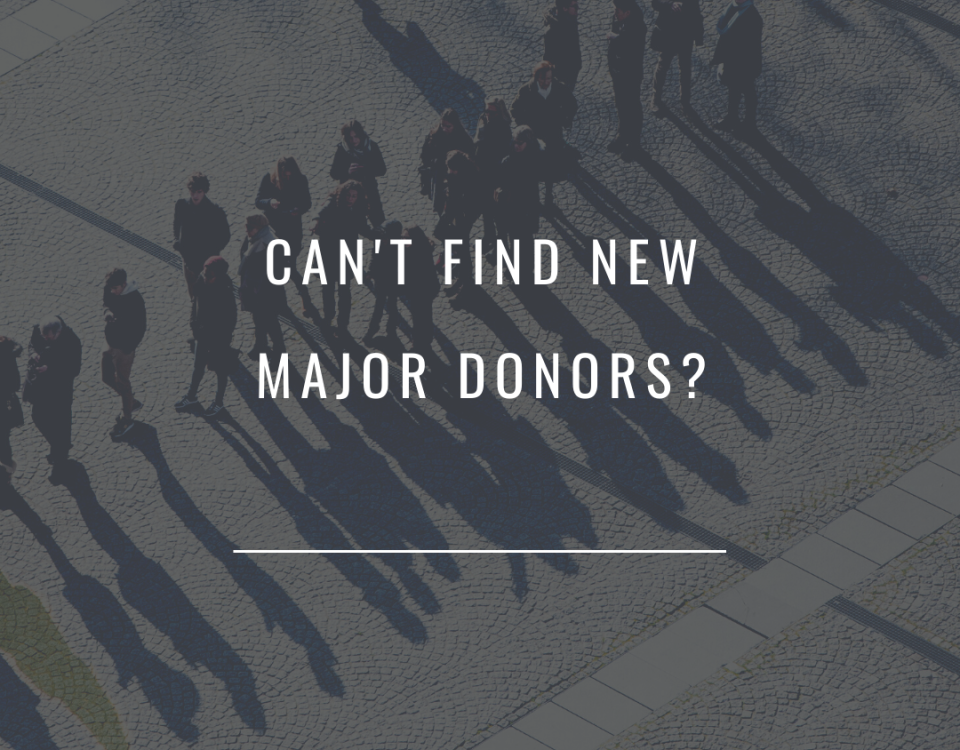
Are You a Charity or a Business?
January 20, 2020
Who Likes to Fundraise?
January 20, 2020Another Lesson in Major Gifts and Fundraising
“I am thankful that in a troubled world no calamity can prevent the return of spring.” — Helen Keller
The fire at Notre Dame Cathedral is another example of how you can plan a campaign, but you have to expect the unexpected. In this instance, it worked out. There wasn’t even a formal campaign in process when the major gifts were pledged—no campaign chair, no committee, no feasibility study, no prospect rating, no fundraising counsel, but simply an amazing need with worldwide media attention.
As with most capital campaigns, the major gifts have made up the majority of commitments. I’m quite sure that it will prove that 90% of the money will come from 10% of the donors. Interestingly, the cathedral was struggling to raise funds. They even established a 501c3 in the U.S. to help support the renovation, which at the time was about $7 million. I wonder if any of the major donors from France were even asked if they would help.
I searched on Google and found this excerpt from the August 7, 2017, issue of Time Magazine. The title is “Notre Dame Cathedral Is Crumbling, Who Will Help Save It?”
“It will be expensive too, and it’s not all clear who is prepared to foot” the bill. Under France’s strict secular laws, the government owns the cathedral, and the Catholic archdiocese of Paris uses it permanently for free. The priests, for years, believed the government should pay for repairs since it owned the building. But under the terms of the government’s agreement, the archdiocese is responsible for Notre Dame’s upkeep, with the Ministry of Culture giving it about €2 million ($2.28 million) a year for that purpose. Staff says that money covers only necessary repairs, far short of what is needed. Without a serious injection of cash, some believe, the building will not be safe for visitors in the future. Now the archdiocese is seeking help to save Notre Dame from yielding to the ravages of time.”
I’ve heard this similar story so many times in the last 30 years. Perhaps this is your story now on a smaller scale. Did it have to take a devastating fire to bring the need to so many people’s attention? There are so many structures like this in the U.S. and overseas, but few as notable as Notre Dame Cathedral.
My thought is this. Don’t give up on the goal and take care of the critical care issues first. It may take time, but it has to be done. Notre Dame Cathedral knew the problems, and so did those around it. I’ve sat in many Board meetings (especially with churches and schools) where the issue of fixing infrastructure comes up. In fact, in the last week, I spoke with members of a 160-year old church needing to repair its roof, windows, etc. At some point, the leadership will have to address the financial needs, and if they don’t, it will just get worse as it did in this case. The fire wasn’t a result of failing to address the needs but failing to look at the whole picture and doing what was needed first. A sprinkler system may have been a better investment to start.
There are some great lessons in this story about fundraising, donors, assessment of needs, and letting too much time pass, to name a few. What are you doing to look at the whole picture? Do you have a master plan? Are the long-term goals part of your case statement?
Let us know if you would like to discuss how we can help you think long term and address your critical care needs.
© 2020 High Impact Nonprofit Advisers & Paul D’Alessandro. All Rights Reserved.


